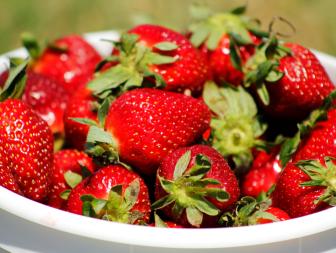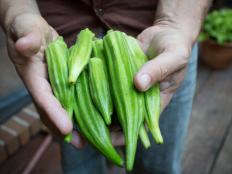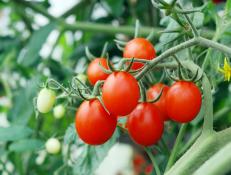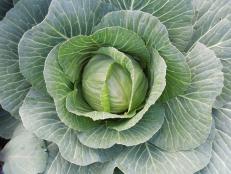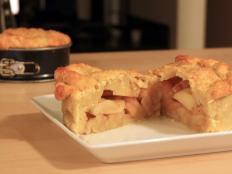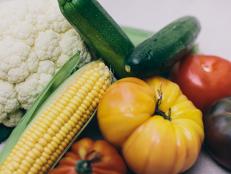How to Freeze Corn on the Cob
Whether you're freezing your garden crop or just want to preserve the bounty from the farmers' market, this easy step-by-step guide will give you the tips you need to freeze corn on the cob.
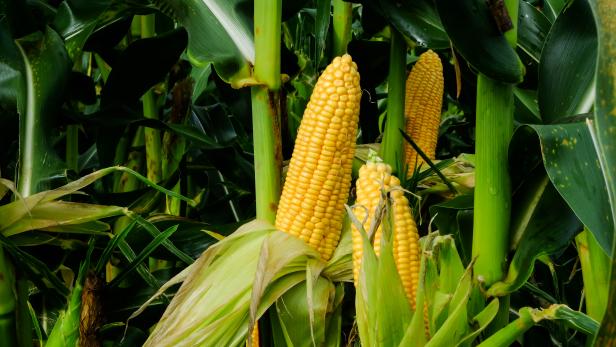
Chutharat Kamkhuntee / Shutterstock.com

Corn is one of the easiest vegetables to freeze, and during the growing season, it's one of the cheapest to stock up on. You can remove the kernels for easy meals in the future or freeze it on the cob if you prefer. Additionally, if you love to boil seafood, you can't have enough frozen corn to add to the pot.
Materials Needed
- 1 lb of corn
- stock pot
- 1 gallon of water
- tray or bowl full of ice
- freezer bags
- tongs
- small baking sheet
Prepare Your Corn for Blanching
Corn needs to be shucked thoroughly (Image 1) and have the ends trimmed off before being blanched. Extra care taken during this step to remove any stray silk or tough stalky ends will leave you with a better overall result.
Once you've shucked and trimmed your corn give the ears a thorough washing with room temperature water (Image 2). Make sure the ears are nice and clean before moving on to the next step.
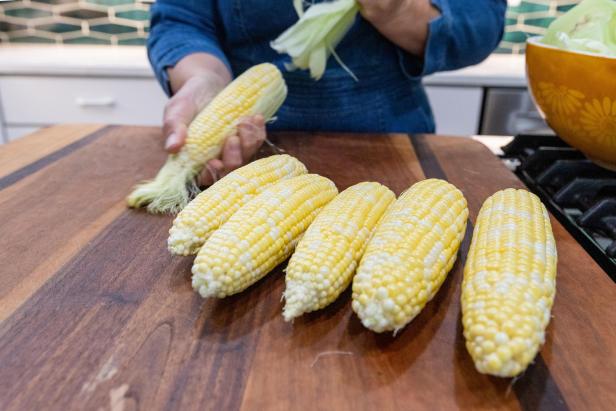
Derek R. Trimble
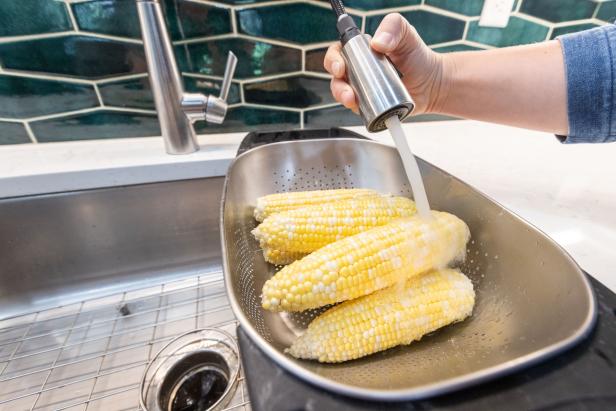
Derek R. Trimble
Blanching Your Corn
Blanching is the process of lightly scalding your vegetables in boiling water for a short period of time and is a crucial step for properly freezing your corn. Blanching your corn will help it retain its color, vitamins and clean it of excess dirt and bacteria. The objective when blanching is to soak the corn ears in the water bath just long enough to achieve those objectives without cooking it. The general rule for blanching most vegetables is to use a gallon of water per pound of produce.
Bring a large stock pot with a gallon of water to a rolling boil. Next, prepare your ice bath and get it close to your work area. Add one pound of corn to the boiling water (Image 1), and once the water returns to a boil, begin a timer for nine minutes.
After nine minutes have elapsed, remove your corn from the boiling water using a pair of tongs, and immediately transfer to your bowl or pan full of ice (Image 2). Add more ice if needed, and make sure the corn is thoroughly cooled to the touch (Image 3). Once cool, if you wish to remove the corn from the cob, you can take a knife and shave it off about 2/3 the depth of the kernels.
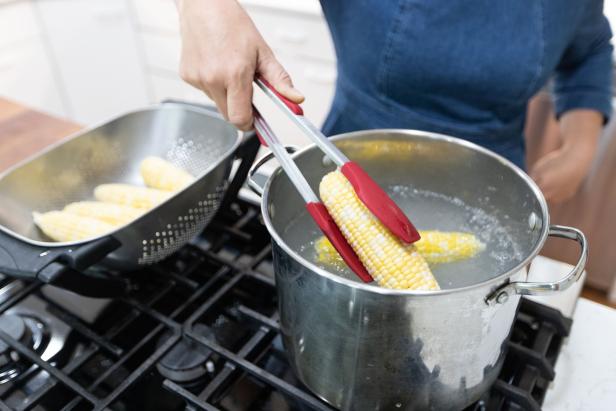
Derek R. Trimble
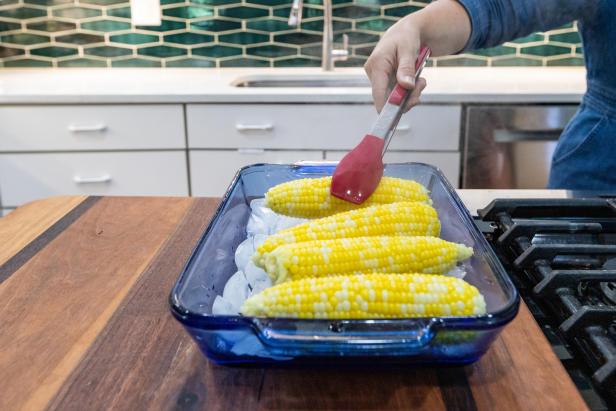
Derek R. Trimble
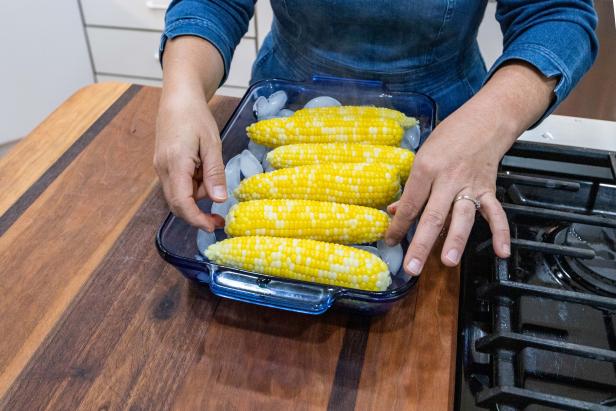
Derek R. Trimble
Tray Freezing Before Storing
Now that your corn has cooled, remove it from the ice bath and drain thoroughly. Arrange the ears on a baking tray so that they're not touching and in a single layer. If you're freezing loose kernels, just spread them out in a flat, even layer. Place the baking tray into the freezer until your corn is frozen solid, about an hour to an hour-and-a-half.
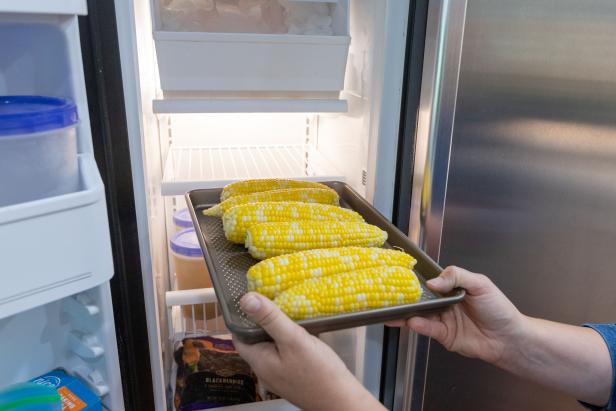
Derek R. Trimble
Load and Label Before Storing
Once your corn is thoroughly frozen, label and date your freezer bags then pack them with your desired quantity of corn (Image 1). Make sure to squeeze all of the excess air out of the bag before sealing it (Image 2). Excess air trapped in a freezer bag creates conditions ripe for freezer burn and that can affect how well your corn survives freezing. Make sure to pack your bags tightly and ensure that they're well sealed (Image 3) before putting them in the freezer.
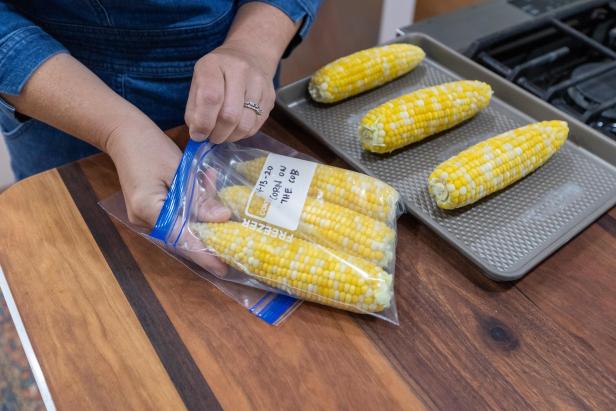
Derek R. Trimble
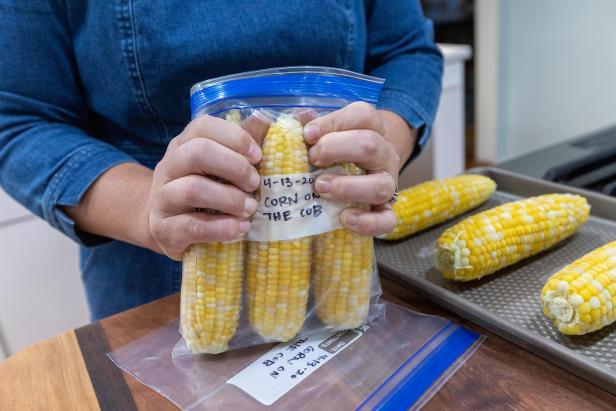
Derek R. Trimble
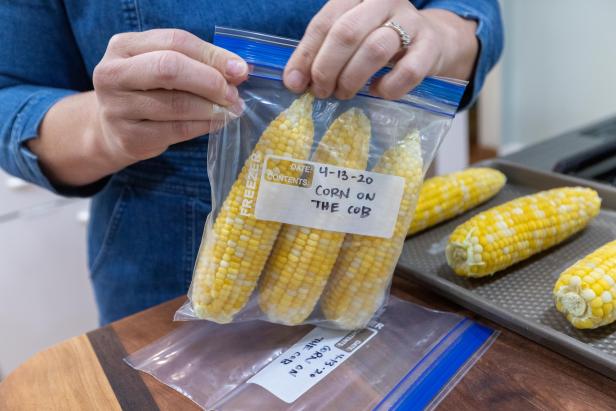
Derek R. Trimble
Freezing Isn't Forever
For the best flavor and results, try to use your corn within 12 months. You can store it longer but after a year the flavor and texture begin to degrade significantly. This process works with many other vegetables and makes it easy to fill your freezer ahead of the winter months.
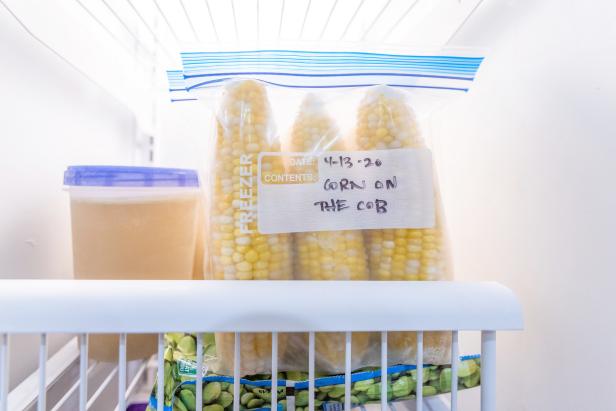
Derek R. Trimble
Can You Freeze It? 35 Photos
Find out how to freeze a host of fruits and vegetables as well as some surprising things you maybe didn't know you could freeze.






